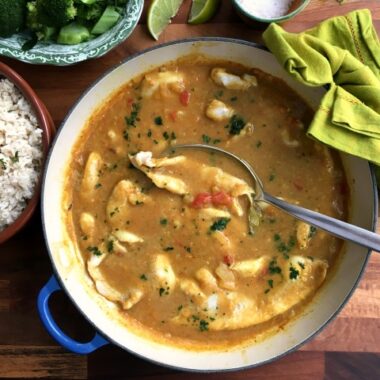One of the greatest environmental problems in the world is very tiny, microscopically tiny. The problem is microplastics – bits of plastic that are less than five millimetres in size and are often invisible to the naked eye.
These tiny fibres, fragments and beads of plastic have worked their way into our oceans and rivers and deep into our ecosystems. They have been found in the fish we eat, in Arctic sea ice, even in the water we drink.
The plastics come from cosmetics (a source of microbeads), clothing and everyday plastic. They work their way into our waterways through sewerage treatment plants — because they’re so tiny the treatment plant filters can’t catch them. Microplastics are also from the estimated 269,000 metric tons plastic that is floating throughout our oceans (ninety-five percent of which comes from land.)
According to The 5 Gyres Institute, a research and education organization focused on plastic pollution, by 2050 there will be more plastic in our oceans than fish (if calculated by weight).
Scientists are just beginning to understand the impacts that pervasive plastic is having on the environment and how it might affect our health.
Microplastics are known to be dangerous to fish because they look a lot like food. The fish fill up on the beads instead of real food so starve to death with bellies full of plastic. The plastic works its way up the food chain as larger predators eat smaller fish.
It’s unknown what impact microplastics in drinking water might have on our health.
As of this year (2018), manufacturing products with microbeads are banned in Canada and microbeads have been added to Canada’s list of toxic substances.
While cleaning up plastics in our environment will take a huge international effort, doing our part to reduce the amount of plastic that works its way into the environment in the first place doesn’t take much effort at all.
What you can do at home:
- Try to use less plastic. Look for alternatives to the top four sources of single use plastic: plastic bags, water bottles, styrofoam cups and straws, microbeads.
- Avoid microbeads in cosmetics and personal care products.Look for the following on the ingredient list: polyethylene (the most common type of microbead), polypropylene, poly-e-terephthalate, and polymethyl methacrylate. Instead, choose products with natural exfoliants including apricot seeds, ground peach seeds, walnut shells, corn kernel meal, coconut husks, and olive pits.
- Make sure you recycle all plastic that is recyclable. Plastics labeled with the numbers one, two and five are the plastics that you can recycle in the blue bins. (Look for the number in the recycling symbol). All pop and water bottles can be recycled.
- Soft plastic with a little stretch, including grocery bags, shrink wrap and bread bags (clean) can go in the blue bins. Bags labeled biodegradable cannot be recycled and they can’t be composted either. These bags must go in the garbage. Black and green garbage bags can’t be recycled.







